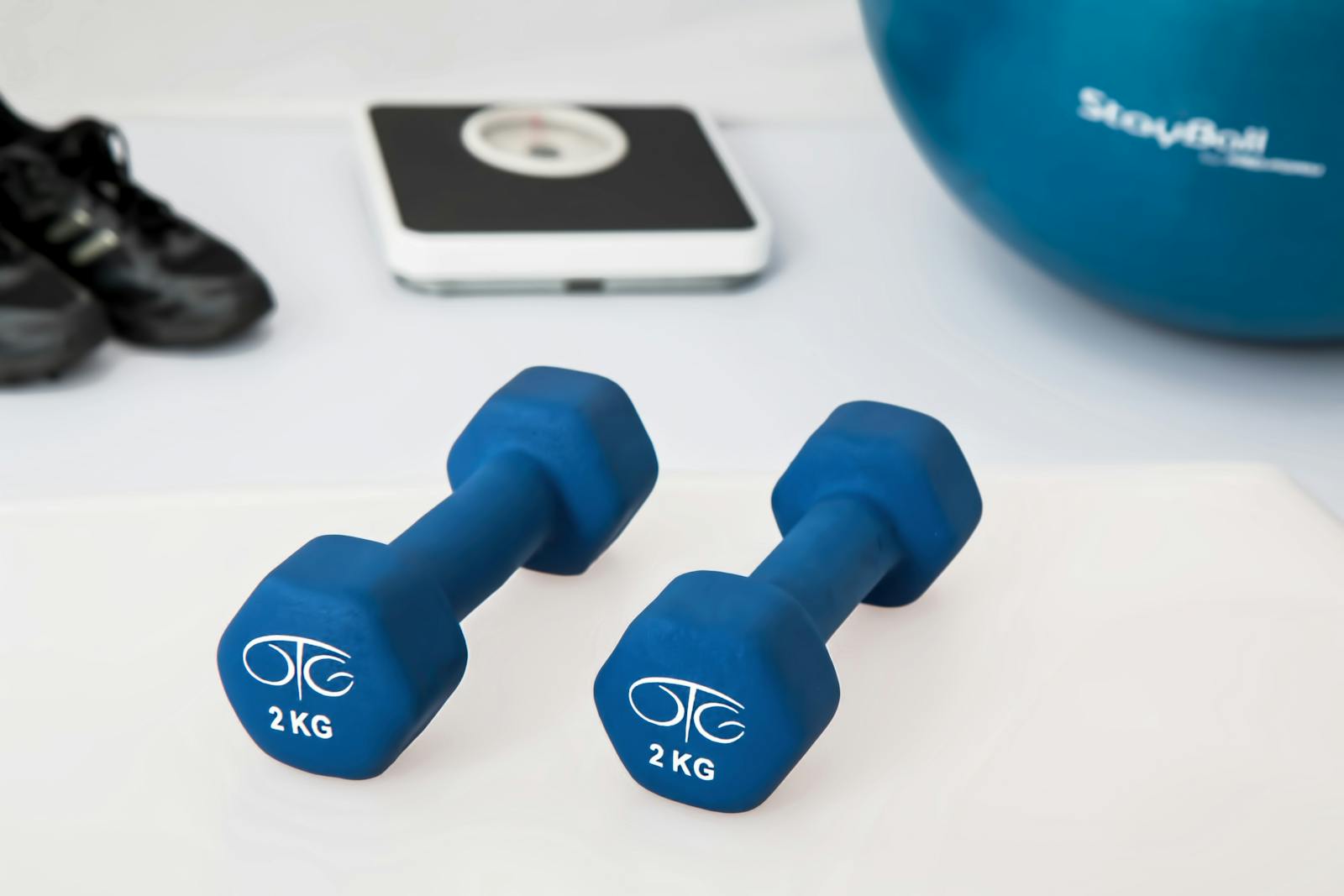Beginner’s Guide:
Starting a fitness journey can be both exciting and daunting. Picture this: Alex, a recent college graduate, has always struggled with maintaining a healthy lifestyle. After feeling fatigued and out of shape, he decides to take the plunge into fitness. With no prior experience, Alex feels overwhelmed by the plethora of information available online. However, he soon discovers that with the right guidance, he can embark on a successful fitness journey. This guide aims to provide beginners like Alex with essential tips on basic movements, equipment usage, and effective training plans.
Setting Clear Fitness Goals
Before diving into any workout routine, it’s crucial to establish clear and achievable goals. Goals can be categorized into:
- Short-term Goals: These could include losing a certain amount of weight in a month or increasing the number of push-ups performed.
- Long-term Goals: These might involve improving overall fitness levels within six months or achieving a specific body composition within a year.
Using the SMART criteria—Specific, Measurable, Achievable, Relevant, and Time-bound—can help ensure that your goals are structured effectively. For example, instead of saying “I want to get fit,” a SMART goal would be “I want to lose 5 pounds in one month by exercising three times a week.”
Understanding Your Body
Before starting any exercise program, it’s advisable to assess your current health status. This includes:
- Consulting with a Healthcare Professional: Especially important if you have any pre-existing health conditions or have been inactive for an extended period.
- Getting Familiar with Your Body’s Limits: Understanding your physical capabilities will help you choose appropriate exercises and avoid injury.
Basic Movements Every Beginner Should Learn
Familiarizing yourself with fundamental exercises is essential for building a solid foundation in fitness. Here are five key movements that every beginner should master:
- Squats:
- Muscle Groups Targeted: Quadriceps, hamstrings, glutes.
- How to Perform:
- Stand with feet shoulder-width apart.
- Lower your body as if sitting back into a chair while keeping your chest up and knees behind your toes.
- Return to standing.
- Push-Ups:
- Muscle Groups Targeted: Chest, shoulders, triceps.
- How to Perform:
- Start in a plank position with hands slightly wider than shoulder-width.
- Lower your body until your chest nearly touches the ground.
- Push back up to the starting position.
- Deadlifts:
- Muscle Groups Targeted: Hamstrings, glutes, lower back.
- How to Perform:
- Stand with feet hip-width apart while holding weights in front of your thighs.
- Hinge at your hips and lower the weights along your legs while keeping your back straight.
- Return to standing by driving through your heels.
- Planks:
- Muscle Groups Targeted: Core muscles.
- How to Perform:
- Lie face down and lift your body off the ground using your forearms and toes.
- Keep your body in a straight line from head to heels.
- Hold this position for as long as possible.
- Lunges:
- Muscle Groups Targeted: Quadriceps, hamstrings, glutes.
- How to Perform:
- Step forward with one leg and lower your hips until both knees are bent at about 90 degrees.
- Push back up to the starting position and switch legs.
Equipment Basics for Beginners
Understanding how to use gym equipment safely is vital for effective workouts. Here are some common types of equipment beginners might encounter:
- Free Weights (Dumbbells and Barbells): Ideal for strength training; start with lighter weights to master form before progressing.
- Resistance Machines: Great for isolating specific muscle groups; they often guide movement patterns which can help beginners learn proper technique.
- Cardio Machines (Treadmills, Ellipticals): Useful for cardiovascular workouts; start at low intensity and gradually increase duration and speed as endurance improves.
Creating an Effective Training Plan
A well-rounded training plan should incorporate both strength training and cardiovascular exercise. Here’s how beginners can structure their weekly workouts:
- Frequency: Aim for 3-4 workout sessions per week.
- Duration: Each session should last between 30-60 minutes.
- Components of Each Workout:
- Warm-Up (5-10 minutes): Engage in light cardio (e.g., brisk walking or dynamic stretches) to prepare the body for exercise.
- Strength Training (20-30 minutes): Focus on basic movements using free weights or machines; aim for 2-3 sets of 8-12 repetitions per exercise.
- Cardiovascular Exercise (15-20 minutes): Include activities like running, cycling, or swimming at a moderate intensity.
- Cool Down (5-10 minutes): Finish with stretching exercises to enhance flexibility and promote recovery.
Nutrition and Hydration
A balanced diet is crucial for supporting fitness goals. Key points include:
- Protein Intake: Essential for muscle repair; include sources like lean meats, fish, beans, and legumes in your diet.
- Hydration: Drink plenty of water before, during, and after workouts to prevent dehydration.
- Balanced Meals: Ensure meals contain carbohydrates for energy, proteins for muscle repair, and healthy fats for overall health.
The Importance of Rest and Recovery
Rest is just as important as training. Ensure you:
- Schedule rest days between workouts to allow muscles time to recover.
- Aim for 7-9 hours of sleep each night to support overall health and recovery processes.
Staying Motivated
Fitness is a lifelong journey that requires patience and perseverance. Here are tips to maintain motivation:
- Set realistic expectations; progress takes time.
- Track your progress through journals or apps to visualize improvements over time.
- Consider joining fitness communities or finding workout partners for support and accountability.

Conclusion:
Embarking on a fitness journey as a beginner can feel overwhelming but is incredibly rewarding. By setting clear goals, mastering basic movements, understanding equipment usage, creating effective training plans, maintaining proper nutrition, prioritizing rest, and staying motivated, anyone can achieve their fitness aspirations. Just like Alex discovered that fitness could transform his life positively—so too can you! Remember that every small step counts toward achieving lasting health and wellness.







Leave a Reply